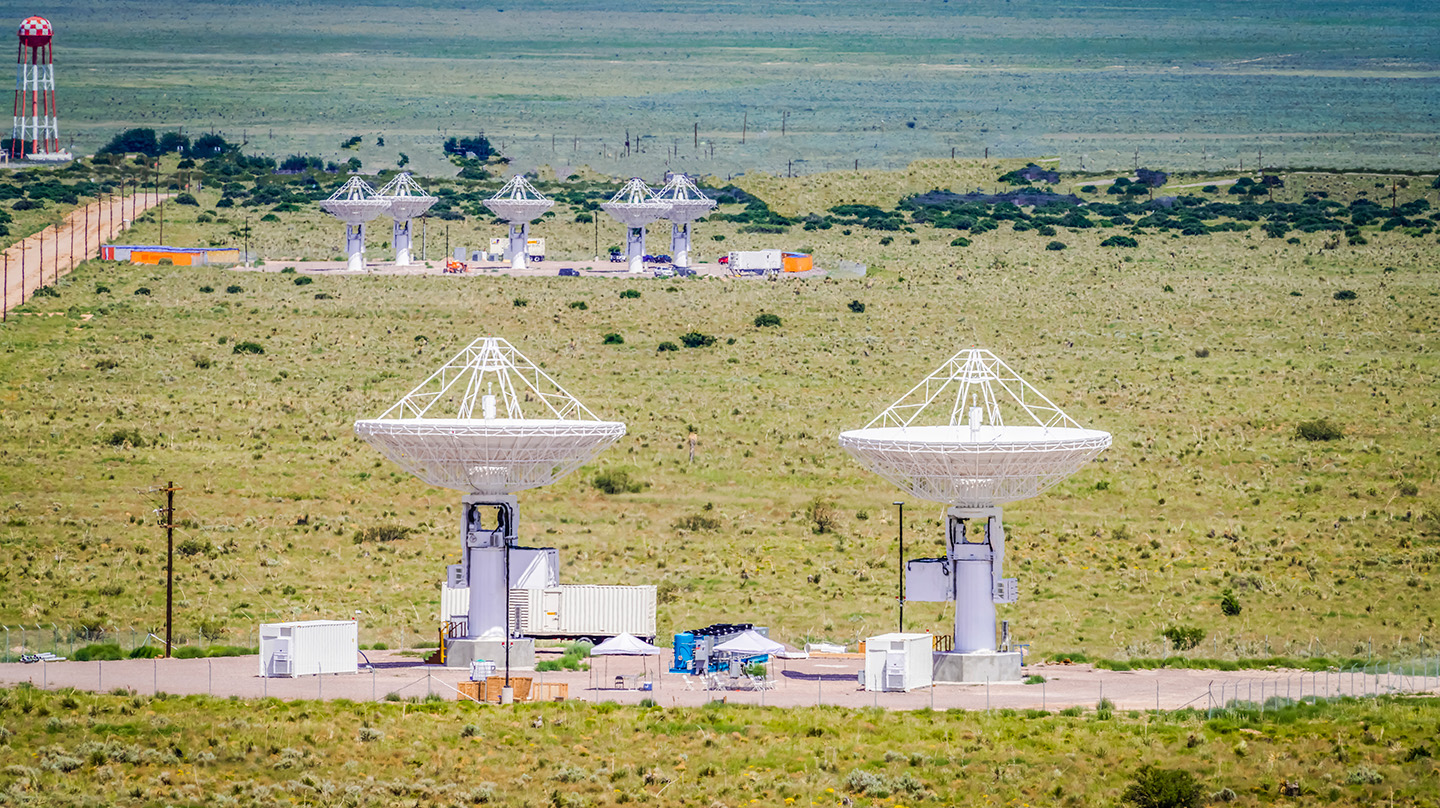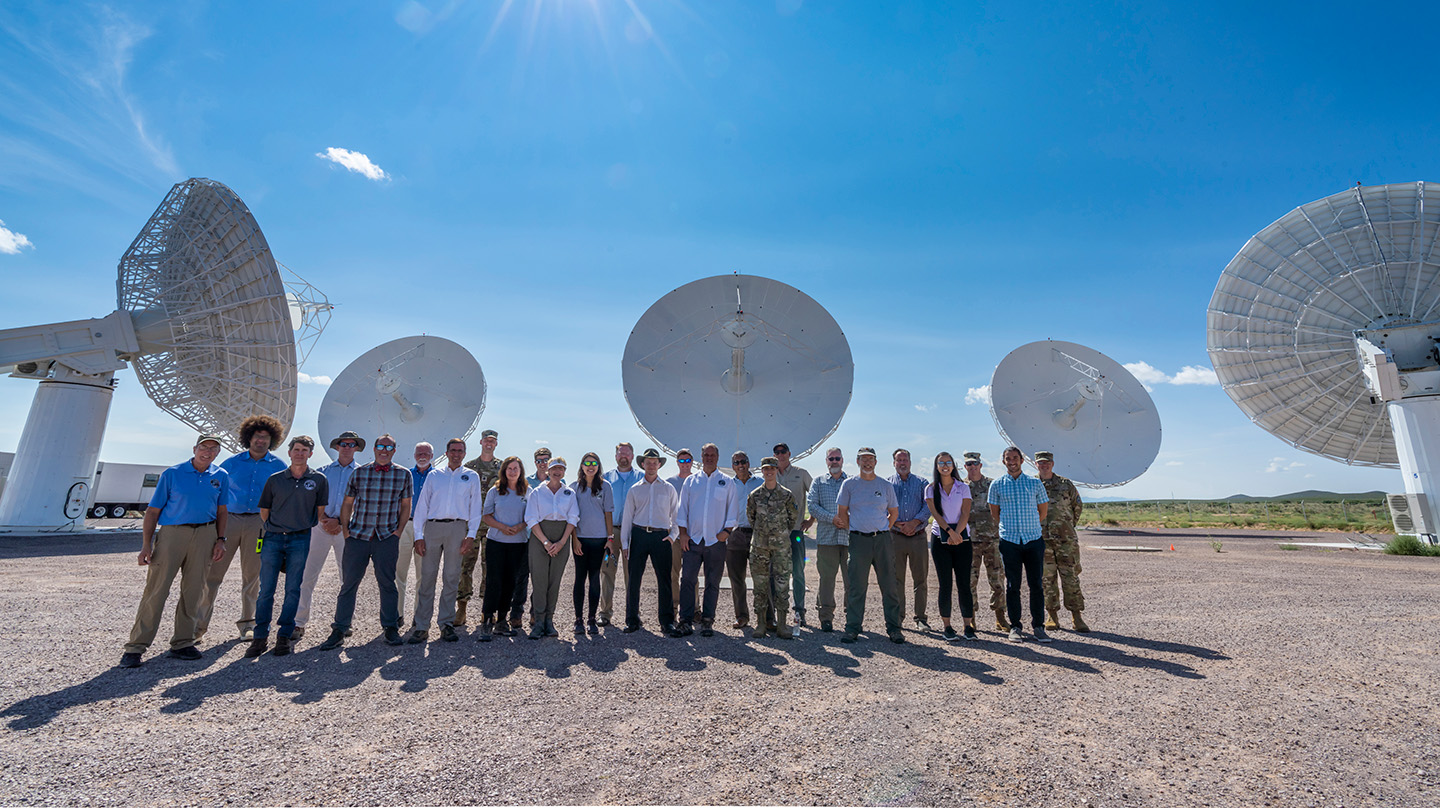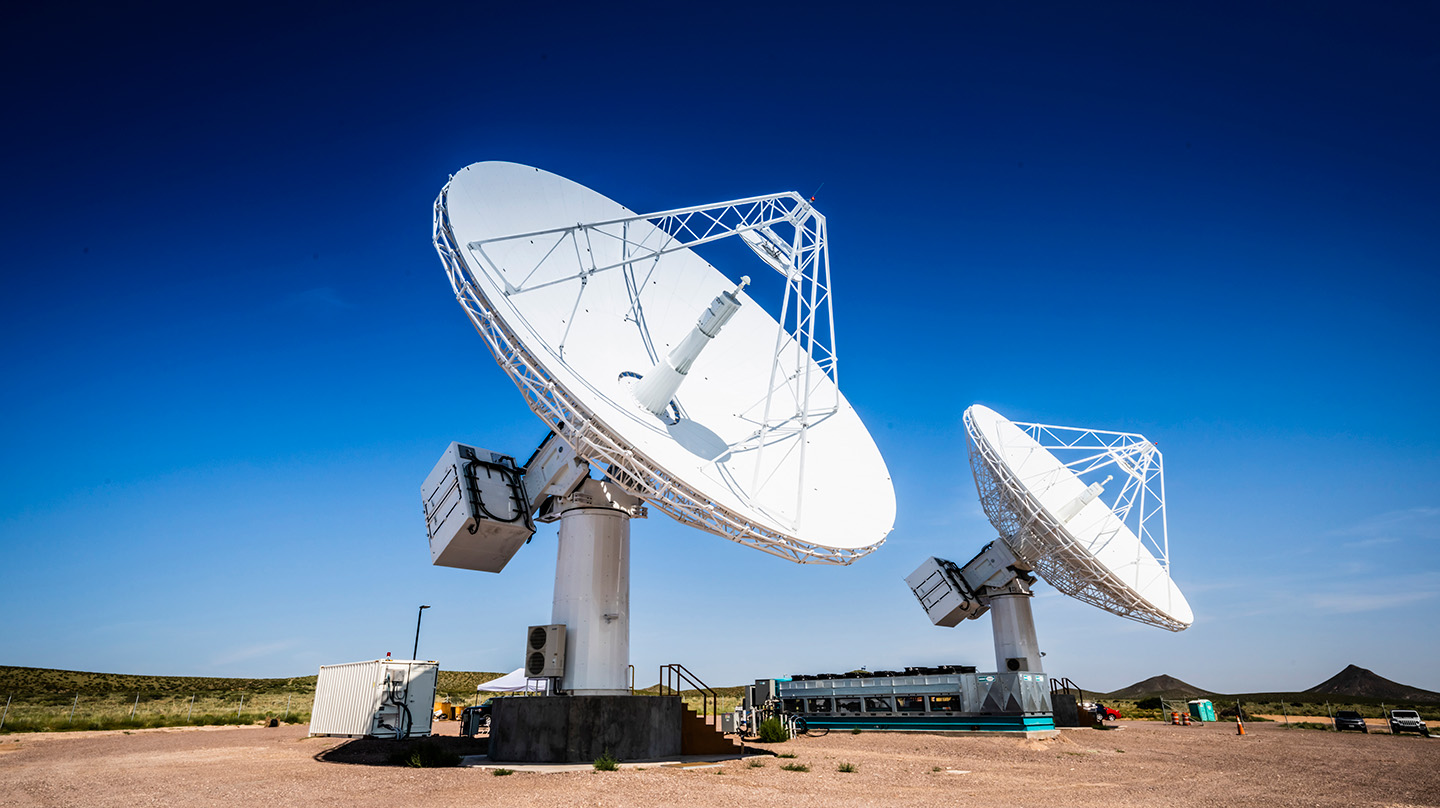News
Johns Hopkins APL Delivers New Satellite Tracking Capability to U.S. Space Force
Locating and tracking active satellites and debris in geosynchronous orbit, more than 22,000 miles above the Earth, is a real-world challenge.
Tools such as optical sensors — both in space and on the ground — can be hindered by sunlight and weather and also lack the range or sensitivity for precise tracking.
Taking a novel approach to the problem, engineers at the Johns Hopkins Applied Physics Laboratory (APL) in Laurel, Maryland, designed, developed and validated the Deep Space Advanced Radar Concept (DARC), a technology demonstrator that uses a sparse array of dish antennas to track objects in space.
Backed by APL’s significant experience in national security space and air and missile defense, DARC will become the largest-ever tracking radar system.
“DARC technology demonstration is addressing several risks for a future operational radar that enables deep space domain awareness for the nation,” said Patrick Binning, APL’s mission area executive for National Security Space. “DARC provides the foundation for a critical capability for the defense of space.”


